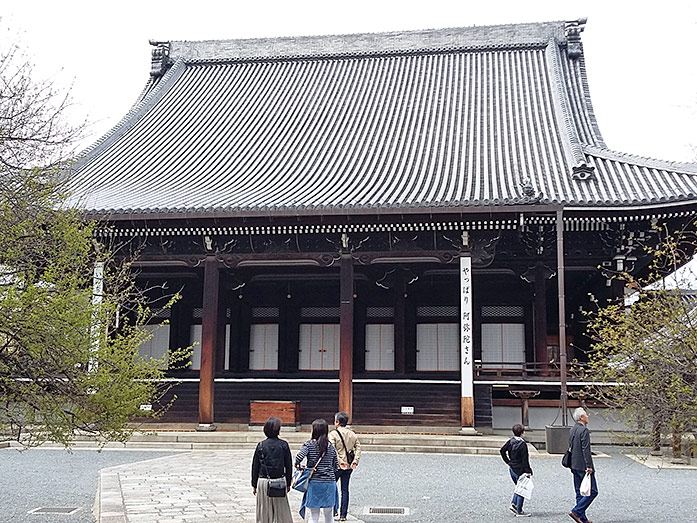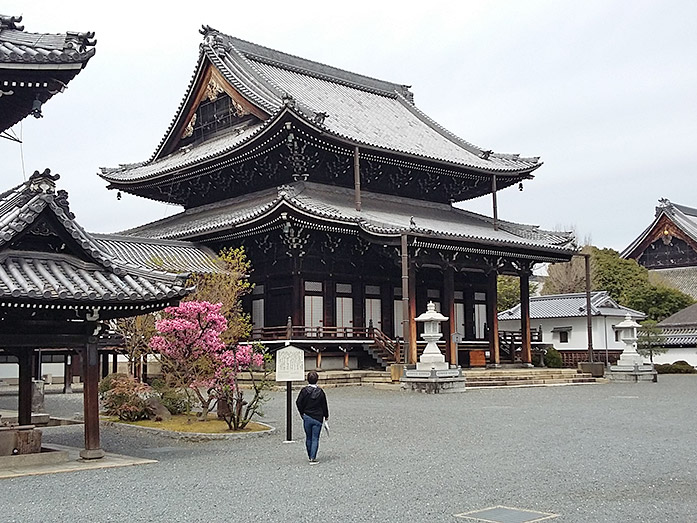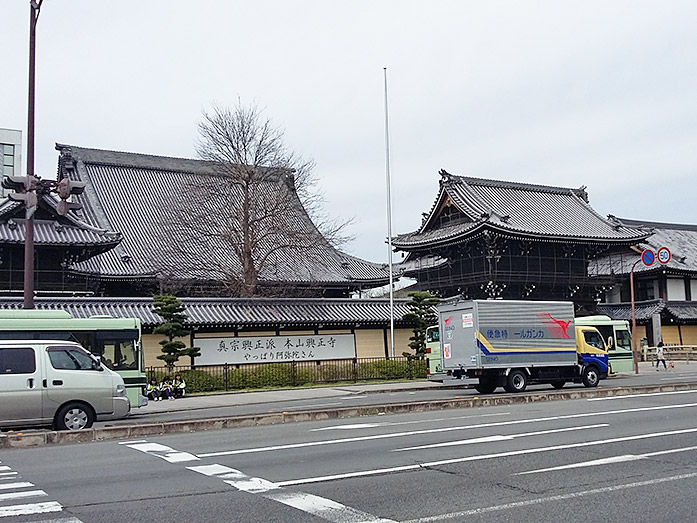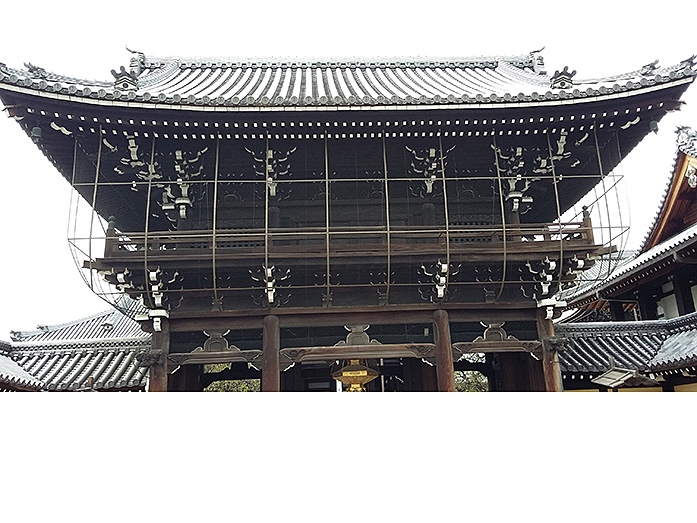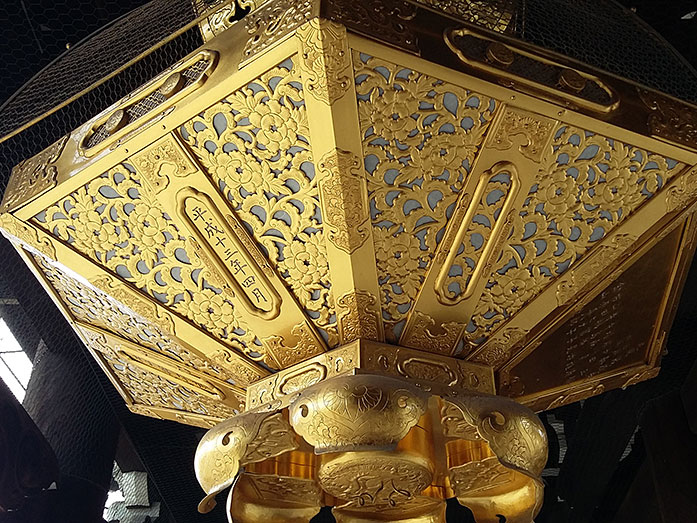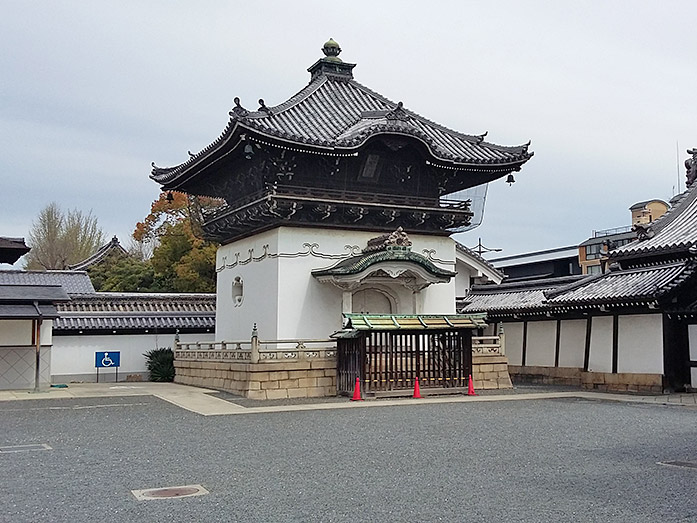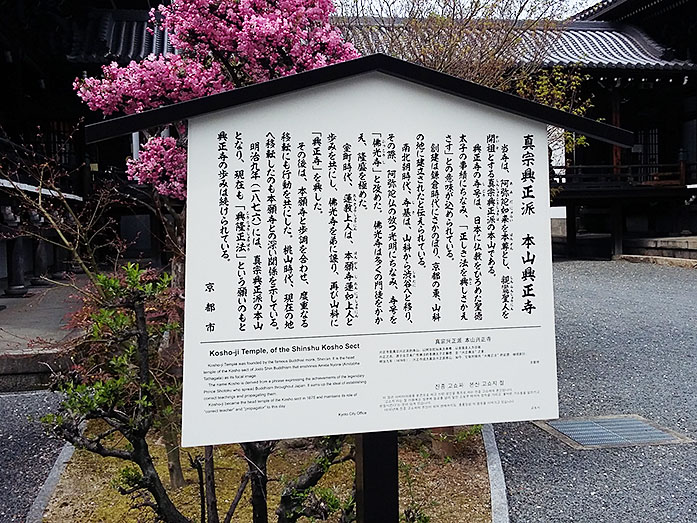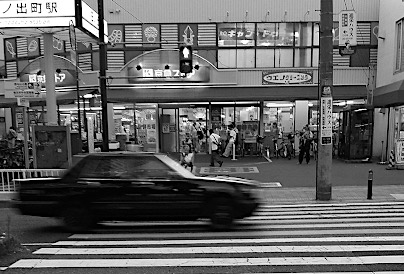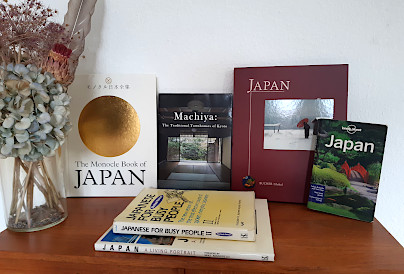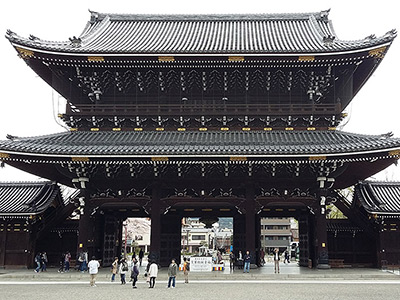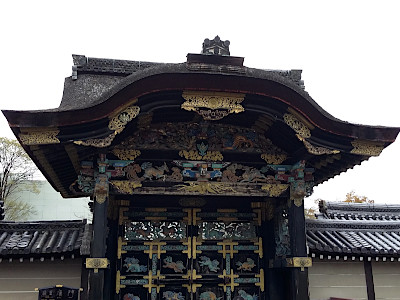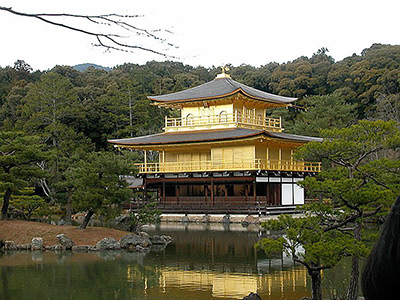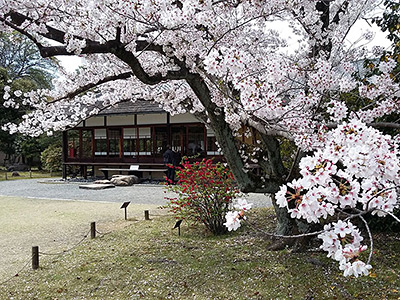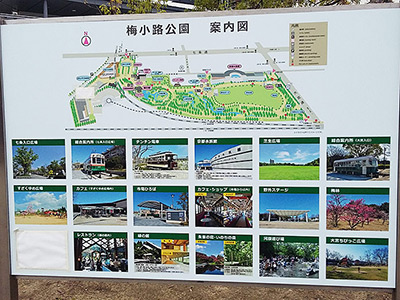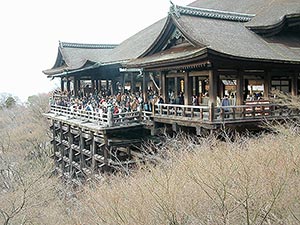Koshoji Temple in Kyoto
This post can contain affiliate links, which means that we may receive a small commission if you make a purchase using these links.
Facts & Figures
Koshoji Temple is the head temple of the Kosho sect of Jodo Shin Buddhism, a school of Pure Land Buddhism. Approx. 500 temples belong to Koshoji. The well-known Buddhist monk Shinran (1173 - 1262) was the founder of the temple. The word Kosho describes the achievements of Prince Shotoku (574 – 622), who spread Buddhism throughout Japan.
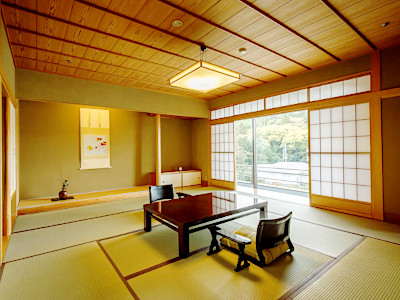 Explore Ryokans in Kyoto >
Explore Ryokans in Kyoto >
Ryokans are the perfect way to discover old Japanese culture and traditions.
The two main halls Goei-do (Founder´s hall, Shinran) and Amida-do (enshrines Amida Nyorai) are my must-see recommendations for you. Interesting to know that Koshoji Temple shares one moat with the Nishi Honganji Temple nearby.
- Koshoji Temple:
- Opening Hours - 5:00 am to 5:00 pm
- Closed - never, open the whole year
- Admission Fee - free
My tips for local activities
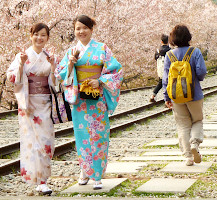
How about exploring the best parts of my favourite city Kyoto with a local guide? The personalized tour by our partner GetYourGuide can take between 2 - 8 hours. For more details check out this page >
History
Buddhist monk Shinran (1173 - 1262) founded the Koshoji Temple in the eastern part of Kyoto in 1212. In 1591 the temple was moved to its present location. In 1876 the 27th head priest, Honjaku Shonin, declared the independence of Koshoji Temple and separated it from Honganji. It was from that moment on the head temple of the Kosho sect. Most of the current buildings were reconstructed after a huge fire in 1902. It took 10 years to rebuilt the whole place under the guidance of the 28th head priest, Honjo Shonin.
Location

Koshoji Temple is located south of the UNESCO World Heritage Site Nishi-Honganji and Higashi Honganji and close to the Kyoto Station.
Address: 70 Hanazono-cho, Horikawa-dori, Shichijo-agaru, Shimogyo-ku, 600-8261 Kyoto
How to get to Koshoji Temple?
- 5min walk from Kyoto Station
Sightseeing spots at Koshoji Temple grounds
Top:
Goeido (Founder's Hall) - The hall is an impressive sight with a height of 28 meters and a width of 33 meters. Goeido was built in 1912 and enshrines the wooden statue of Buddhist monk Shinran. The age of the statue is older than 40 years.
Amidado (Hall of Amida Buddha) - Amidado was built in the beginning of the 20th century. The hall is a bit smaller than Goeido and enshrines Amida Nyorai (Amitabha Tathagata) as its focal image.
Belfry - The Bell Tower was a donation in 1774 to honor Emperor Momozono (1741 - 1762) during a memorial ceremony. It is the oldest structure within the Koshoji Temple complex.
2 Gates - The Sanmon and Amidado Gate are two large wooden structures in-front of the Goeido and Amidado Hall.
Kyozo - Built in 1848 and it is the repository for sutras and chronicles of the temple history.
Festival & Events in Kyoto (dates can change without notice)
every month
Temple Flea Market (28th every month)
Many visitors enjoy this flea market at the Koshoji Temple grounds.
April
Miyako Odori (1st - 31th)
The traditional annual spring dance of the Kyoto district Gion Kobu performed by Geiko and Maiko is a must-see on your Kyoto visit. Don't miss the most popular dances the Miyako Odori "Cherry Blossom Dances" or "Dances of the Old Capital" at the Gion Kobu Kaburenjo Theater (located close to Gion Corner).
May
Aoi Matsuri (15th)
The highlight of this festival is a large parade from Imperial Palace through Shimogamo Shrine to the Kamo Shrines. More than 500 people wearing aristocratic costumes from the Heian Period (794 - 1185). The Aoi Matsuri belongs with the Gion Matsuri and Jidai Matsuri to the three most famous festivals in Kyoto.
July
Gion Matsuri (whole month)
The month July is full of different events like the Yoiyama - Kyoto's Magical Night (locals in kimonos look at the giant Gion floats the day before the parade) or the famous Yamaboko Junko (float procession on the 17th of July).
October
Jidai Matsuri ("Festival of Ages") (22nd)
People celebrate with a large parade between Imperial Palace to Heian Shrine the anniversary of the foundation of Kyoto. App. 2000 participants wearing historical costumes from different time periods. Enjoy this great festival which last around 2 hours.
Where to stay in Kyoto?
Day trips from Kyoto:
My 100 Best Moments in Japan
I have visited Japan nearly every year since 2004. This is my collection of the 100 best moments in my favorite country. Enjoy the pictures and I hope you will start your own journey soon.
Find out more >
Books about Japan
Reading books is a great source of inspiration for me. Check out my recommended list of books about the fascinating country Japan.
My Book recommendations >

